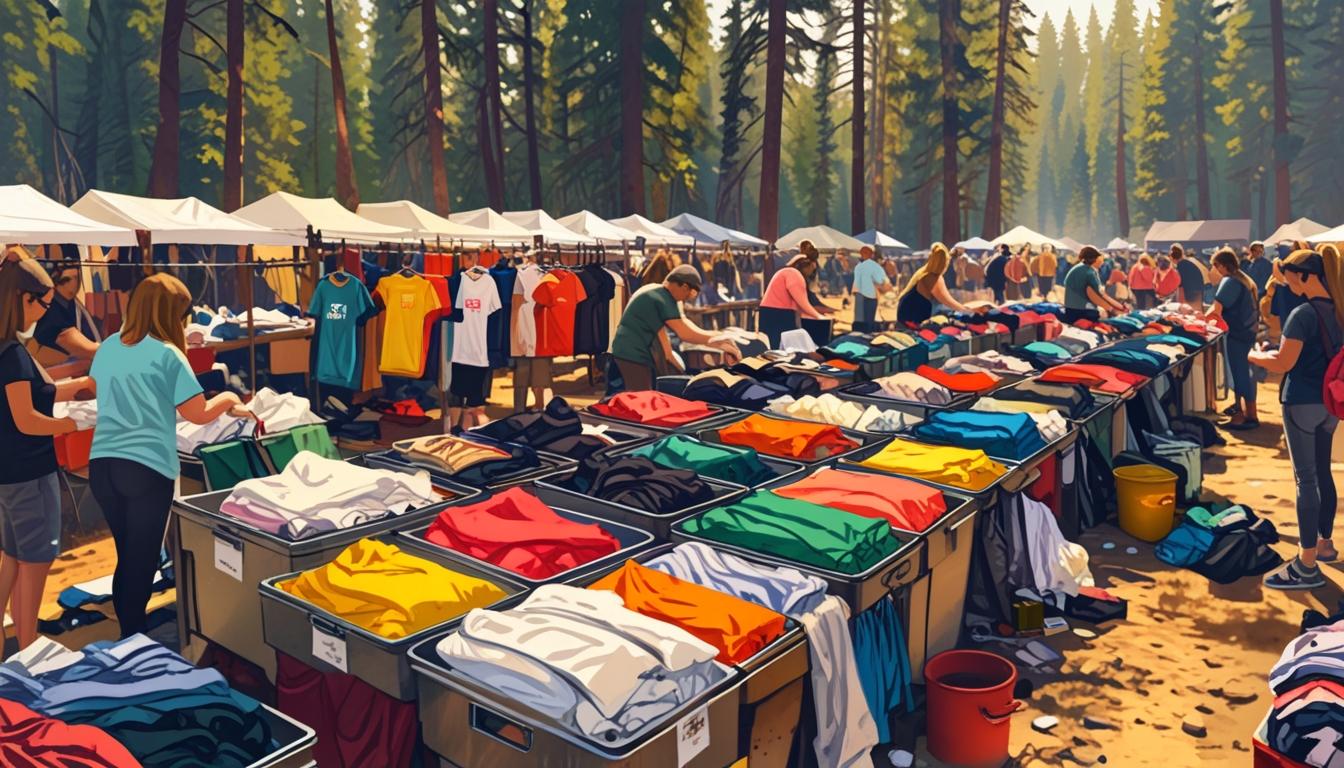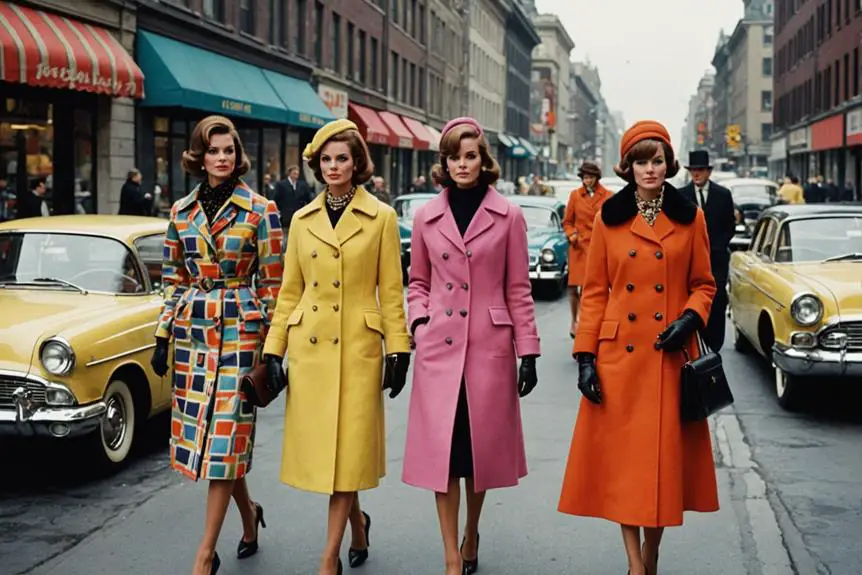Los Angeles: Wildfires have displaced over 100,000 residents, leading to an influx of clothing donations that exceed needs. Relief organisations struggle with unsuitable items, prompting a call for responsible donating and a reevaluation of consumer habits amidst the crisis.
In the wake of the recent wildfires in Los Angeles County, significant challenges have arisen in the realm of clothing donations for displaced residents. Following the fires, which forced over 100,000 individuals to evacuate their homes, various relief efforts were mobilised, leading to an influx of donations. On the Sunday after the wildfires, volunteers were seen sorting through clothing donations outside the nonprofit Collidescope Foundation, which was hosting L.A. Climate Week.
Despite goodwill from the community, the overwhelming response has resulted in a surplus of clothing that far exceeds the needs of wildfire survivors. Reports indicate that donation hubs have been inundated with items, many of which were not suitable for distribution due to being dirty or worn. Olivia Peay, the volunteer coordinator at Collidescope, noted the challenges they faced, stating, “The clothing donations that we have received have been a little overwhelming for us, especially with our capacity here in this space.”
In response to this excess, organisations focused on sustainability and recycling, such as Black Pearl, Suay Sew Shop, and Trashie, have stepped in to address the situation. Black Pearl’s founder and CEO, Samata Pattinson, emphasized the need for a reassessment of consumption habits, explaining that “in a natural disaster, people are just trying to help” but prompting a reflection on the reasons behind the quantity of unwanted items. The initiative is focused on ensuring that remaining clothing donations are appropriately distributed to families in need, particularly aiming to utilise new items from local clothing brands as essentials.
Suay Sew Shop reported the collection of approximately 50,000 pounds of clothing from overwhelmed sites, while Trashie, a mail-in recycling startup, amassed a staggering 73,000 pounds shortly thereafter. Their efforts involved loading 23,000 pounds of clothing from a pop-up donation centre at Santa Anita Park. Trashie’s chief strategy officer, Annie Gullingsrud, pointed out the usual mishandling of donations during disasters, noting, “They’re mishandled, right? They’re put into some storage or they’re set somewhere. They get moldy; they end up in landfill.”
The shocking reality of fast fashion’s impact on the environment and donation processes is pivotal in this scenario. Experts indicate that the high volume of discarded textiles contributes to landfills, with 85% of clothes discarded ultimately ending up as waste. Pattinson highlighted the ease of access consumers have to cheap clothing, stating, “You can buy a dress for $2, so we have this influx of poorer quality disposable fashion.”
Efforts are now being channelled into educating the public about appropriate donation practices, urging potential donors to only contribute items that are in suitable condition. Gullingsrud reinforced the importance of responsible donating, emphasising that “things don’t just disappear” and that overwhelming relief centres with unusable items can complicate disaster recovery efforts.
As organisations continue to navigate the complexities of clothing donations amid this crisis, both Pattinson and Gullingsrud reflect on the potential for this moment to encourage consumers to reconsider their relationship with fashion. Themes of sustainability and responsible consumption are at the forefront, suggesting a potential shift towards viewing clothing as a form of storytelling and self-expression rather than disposable items.
Source: Noah Wire Services




